HIV PrEP (Pre-Exposure Prophylaxis)
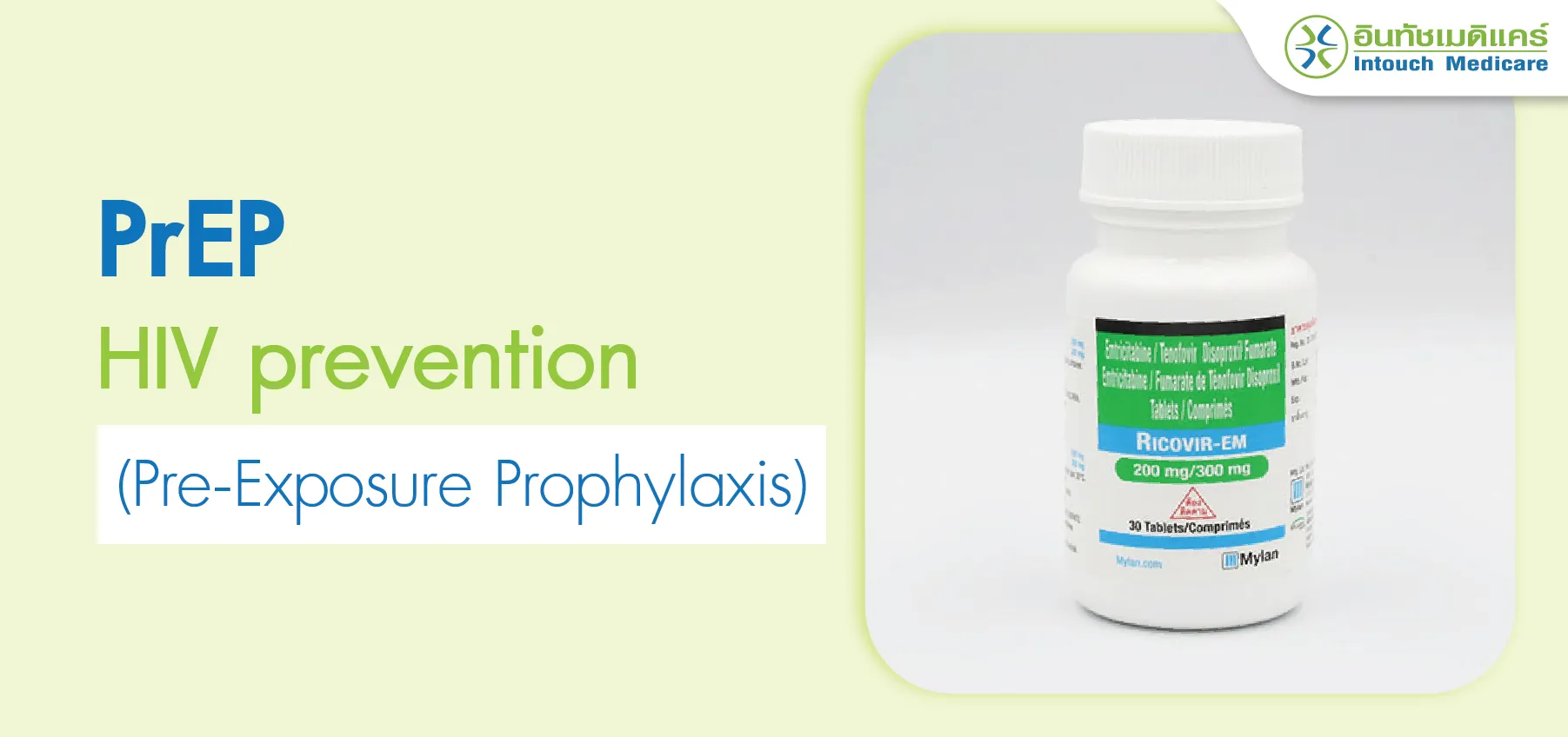
Pre-Exposure Prophylaxis (PrEP) is currently a medication used to prevent HIV infection before exposure to the virus, aiming to provide individuals at risk with enhanced means of self-protection. For those with questions about PrEP, today InTouchMedCare compiles essential information covering what to know, dosing regimens, discontinuation procedures, and effectiveness in prevention to address any uncertainties.
For those who are curious about what symptoms may occur if they have already contracted the infection, You can read article ‘What happens when you get HIV?’ to learn more about. However, it's important to note upfront that prevention is only for HIV and cannot prevent other sexually transmitted infections. The most crucial aspect is discipline: taking medication consistently on time and avoiding missed doses.
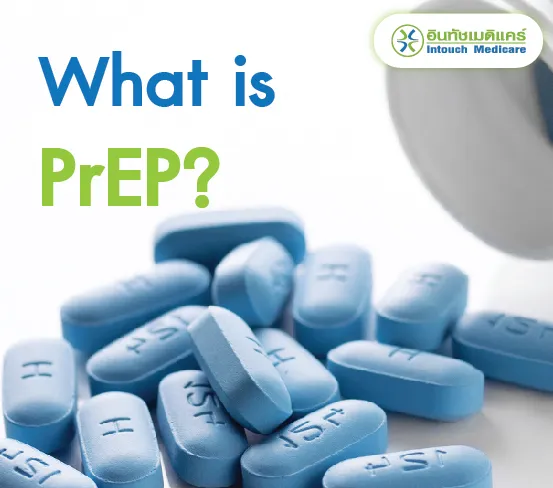
What is PrEP (Pre-exposure prophylaxis)?
HIV PrEP (Pre-exposure prophylaxis), also known as PrEP medication, is the administration of HIV antiretroviral drugs to individuals who are not HIV-infected before engaging in high-risk behaviors to reduce the chances of infection from infected individuals. In Thailand, the medication consists of two drugs in a single pill: Tenofovir (TDF) 300 milligrams and Emtricitabine (FTC) 200 milligrams.
There are approximately 650,000 PrEP users worldwide, and it is highly popular in many countries due to its effectiveness in preventing HIV infection. However, in Thailand, there are relatively few users, estimated at only around 12,000 people, due to limited access to the medication and insufficient dissemination of information. Additionally, the cultural attitudes of Thais may deter at-risk individuals from seeking consultations.
How effective is PrEP in preventing HIV infection?
Pre-exposure prophylaxis (PrEP) is highly effective in preventing HIV infection from sexual intercourse, with an efficacy of up to 99% when taken correctly. It also demonstrates efficacy in preventing infection among people who inject drugs, estimated at around 74%.
You can check the price of PrEP medication by clicking here.

Who should take PrEP?
Men who have sex with men, transgender individuals, and individuals involved in sex work are at a higher risk of not using condoms consistently.
People who inject drugs, especially those who inject drugs or had their last injection within the past three months.
Individuals who frequently request Post-Exposure Prophylaxis (PEP) without the ability to reduce their risk behavior.
Unprotected sex with individuals known to be HIV-positive or of unknown HIV status, with a tendency to engage in this behavior again within the next three months.
Those diagnosed with a sexually transmitted infection in the past six months.
If there are no risks mentioned above but the desire to take PrEP exists, it is still feasible, but consultation with a healthcare provider before starting the medication is advisable.
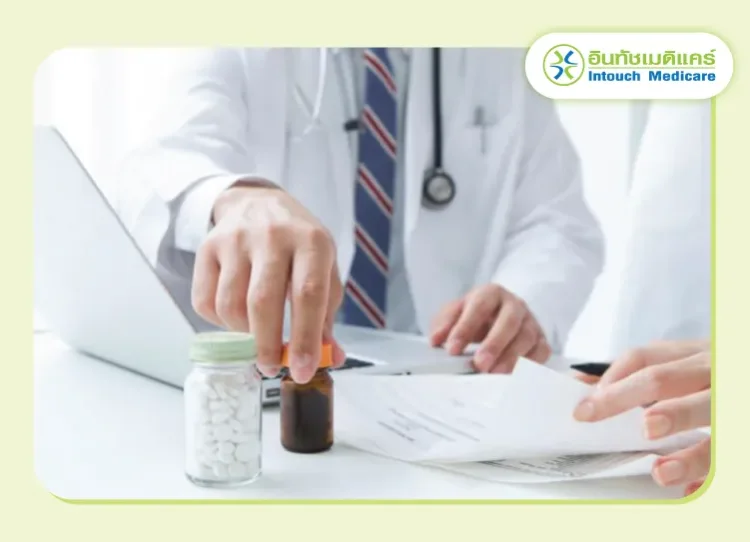
- PrEP is a highly safe medication with minimal side effects and high efficacy. However, it still requires medical supervision because improper use and lack of blood tests may lead to drug resistance and potentially dangerous side effects.

- Nausea, diarrhea, headaches, and fatigue are common side effects, occurring in about 10% of individuals at the beginning of treatment, but they usually improve on their own over time.
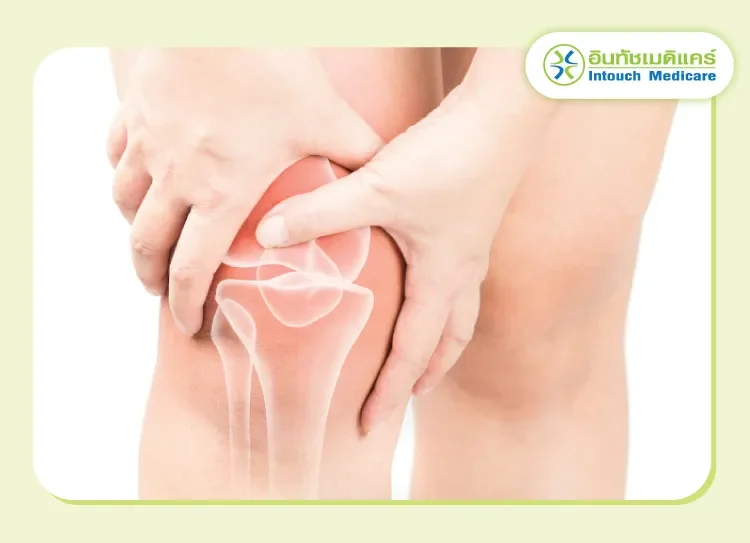
- Decreased bone density or elevated kidney values are very rarely encountered, at only 0.5-1%, and usually return to normal after discontinuing the medication.
What should I do before starting to take PrEP?
Before starting PrEP medication, it is essential to consult with a healthcare provider for a medical history assessment, including any pre-existing conditions. Additionally, HIV blood testing is necessary to detect the HIV virus before starting the medication. Some individuals may also need kidney function tests before starting the medication. For those at risk of pregnancy, pregnancy testing is recommended. Screening for other sexually transmitted infections, such as hepatitis B and C viruses, syphilis, gonorrhea, and chlamydia, is also advised for comprehensive care.
How to take PrEP?
PrEP can be taken in two different ways: daily and on-demand. Daily PrEP is generally recommended over on-demand PrEP because it is easier to adhere to.
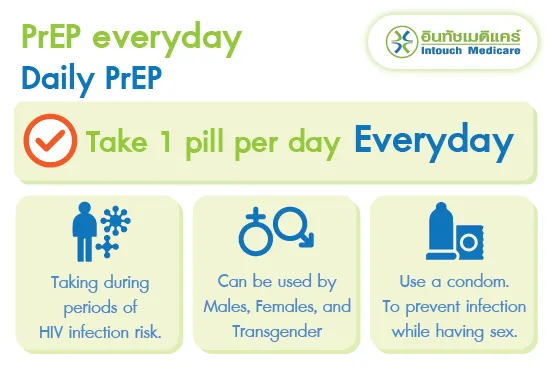
1. Taking PrEP every day (Daily PrEP)
Take one PrEP pill daily during periods of potential exposure to HIV infection.
PrEP is suitable for use by men, women, and transgender individuals.
When starting the medication, it is essential to use condoms for the first 7 days during sexual activity to prevent infection because the medication reaches its optimal protection level after being taken for 7 days.
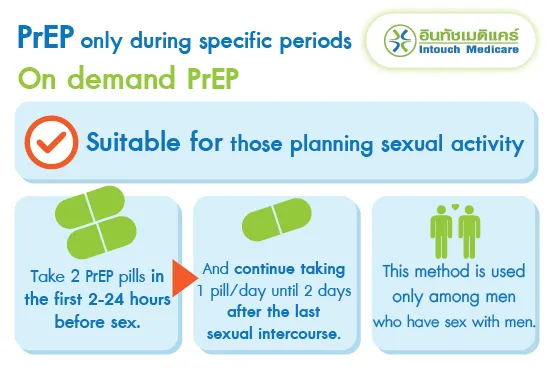
2. Taking PrEP only during specific periods (On demand PrEP)
Take two PrEP pills within the first 2-24 hours before having sexual intercourse, followed by one pill daily for up to 2 days after the last sexual intercourse.
This method is recommended only for men who have sex with men, as there is currently insufficient research supporting its efficacy in other user groups.
Where can i buy PrEP pill
PrEP cannot be purchased over the counter at general pharmacies; it must be prescribed by a licensed healthcare provider. Before taking the medication, individuals must undergo HIV blood testing to allow the physician to diagnose and provide guidance on medication usage, as it may have side effects for some patients. Services can be accessed at private clinics near one's residence and hospitals.
You can check the price of PrEP medication by clicking here.
How long do I have to take prep? When can I stop taking it?
You can stop taking the medication if there is no longer a tendency to engage in risky behavior or if there are significant side effects and you no longer wish to continue. It is recommended to continue taking the medication for up to 7 days after the last risky exposure and then stop. You can return for consultation to resume medication if you begin engaging in risky behavior again. Before discontinuing each time, blood tests should be conducted to ensure there is no infection.
While taking PrEP What do I have to do?
Doctors will schedule follow-up appointments during PrEP usage every 1-3 months to conduct HIV blood tests to ensure there is no infection. They may also monitor kidney function every 3-6 months in some cases, as well as track any side effects resulting from medication usage.

If I plan to get pregnant Can I take PrEP?
If you have an HIV-positive partner and plan to conceive, taking PrEP can prevent transmission of the infection to both the mother and the baby. However, medication usage must be under the supervision of a specialized healthcare provider.
Can teenagers take PrEP?
Adolescents can take PrEP, as the medication has been approved for use in individuals under 18 years old who weigh at least 35 kilograms.
Can I take PrEP together with birth control pills?
PrEP can be used alongside contraceptive methods, including oral contraceptives, injectable contraceptives, implant contraceptives, and barrier contraceptives, without any risks.
If I am taking PrEP, can I not wear a condom?
Taking PrEP medication only prevents HIV virus infection but does not protect against other sexually transmitted diseases or prevent pregnancy.
Where can I get PrEP?
PrEP medication must be prescribed by a licensed healthcare provider. Therefore, you can obtain the medication by contacting hospitals and clinics nearby that offer this service.
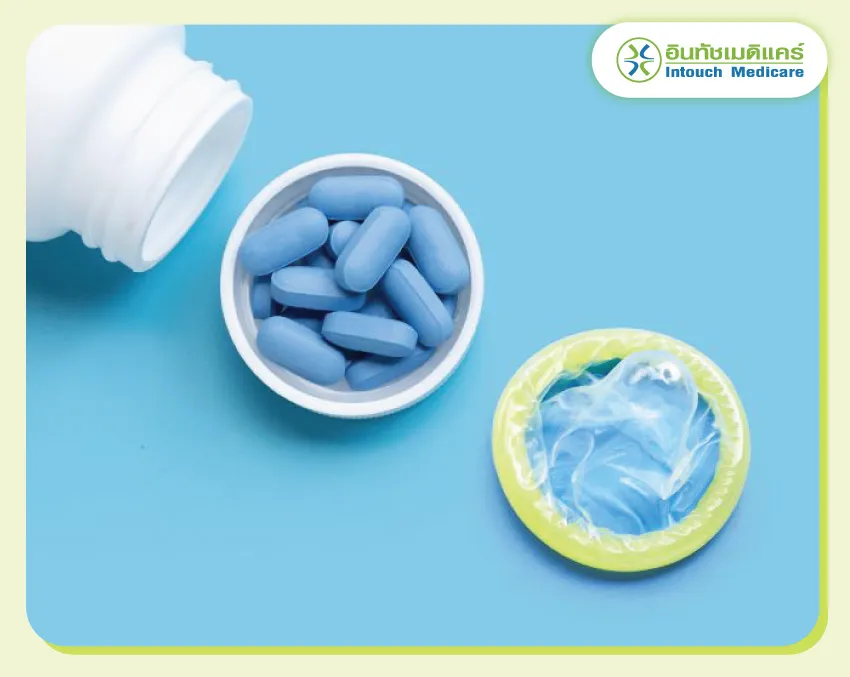
Although PrEP medication significantly reduces the risk of HIV infection, there is still a possibility of risk. It is advisable to use medication in conjunction with condoms to prevent the chance of contracting other sexually transmitted diseases. Additionally, it is crucial to adhere to the PrEP medication schedule consistently for the safety of one's health.
Reference
Centers for Disease C, Prevention.PREEXPOSURE PROPHYLAXIS FOR THE PREVENTION OF HIV INFECTION IN THE UNITED STATES – 2021 UPDATE,Clinical practice guideline
Centers for Disease C, Prevention. Interim guidance for clinicians considering the use of preexposure prophylaxis for the prevention of HIV infection in heterosexually active adults. MMWR Morbidity and mortality weekly report. 2012;61(31):586-9.
กองโรคเอดส์และโรคติดต่อทางเพศสัมพันธ์ กรมควบคุมโรค กระทรวงสาธารณสุข.แนวทางการตรวจวินิจฉัย รักษา และป้องกัน การติดเชื้อ HIV ประเทศไทย ปี 2564/2565
กองโรคเอดส์และโรคติดต่อทางเพศสัมพันธ์ กรมควบคุมโรค กระทรวงสาธารณสุข.แนวทางการจัดการบริการยาป้องกันก่อนการสัมผัสเชื้อเอชไอวี ประเทศไทย ปี 2564
กองโรคเอดส์และโรคติดต่อทางเพศสัมพันธ์ กรมควบคุมโรค กระทรวงสาธารณสุข
Compiled by Nattawadee Sriborisut, MD
Last Update : 19/03/2024
